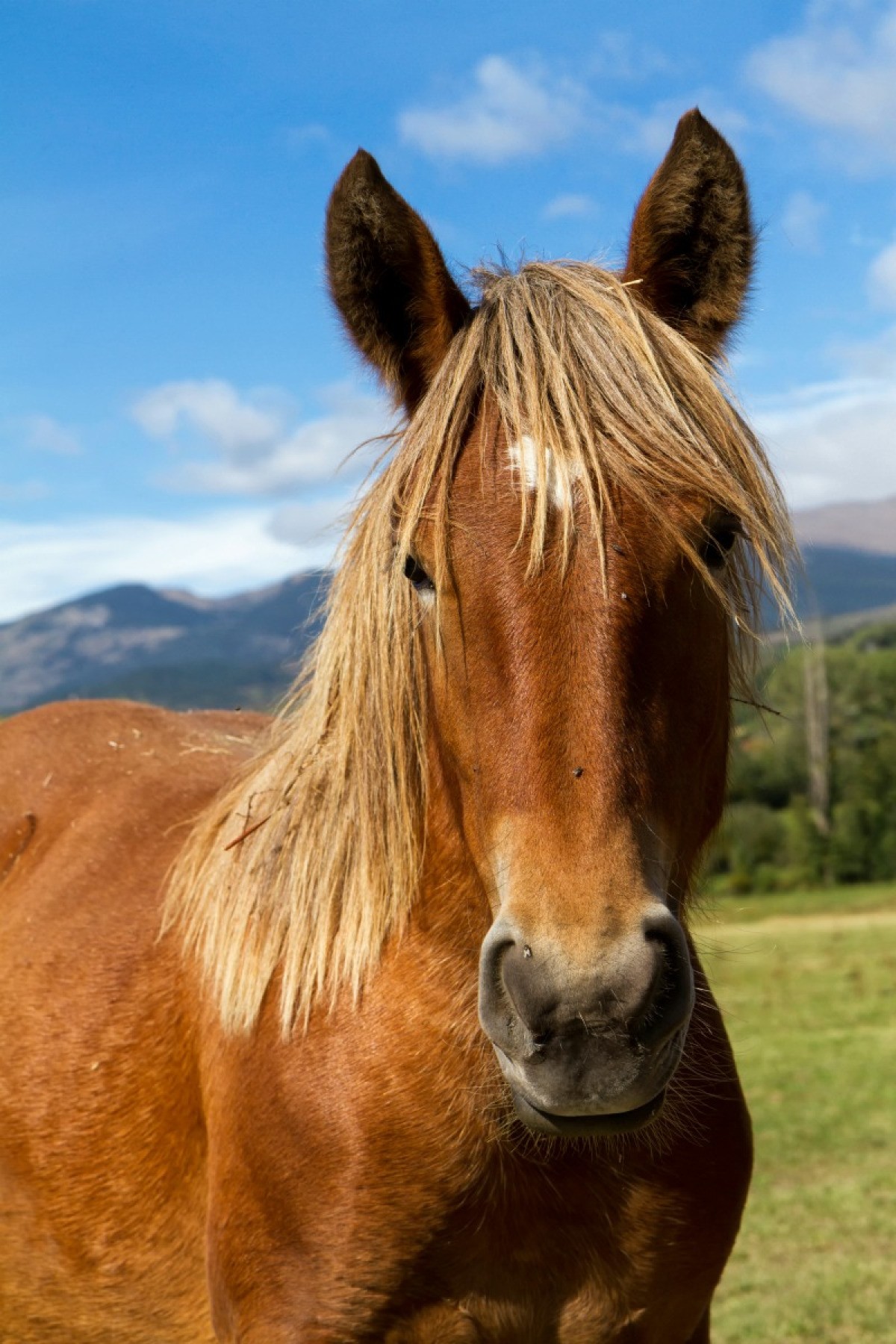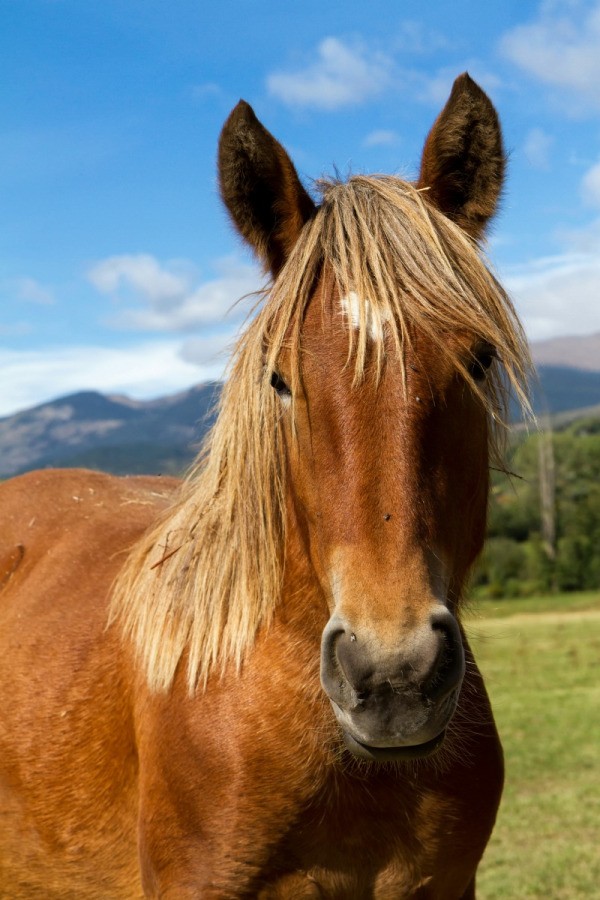
Introduction
A horse's face is a remarkable feature that distinguishes it from other animals. With their expressive eyes, flaring nostrils, and distinctive shape, a horse's face can reveal a lot about its temperament and breed. In this article, we will delve into the fascinating world of horse faces and explore their unique characteristics.
Anatomy of a Horse Face

The anatomy of a horse's face is complex and plays a crucial role in their overall health and functionality. Let's take a closer look at the various components that make up a horse's face:
1. Eyes: A horse's eyes are not only stunning but also serve as a vital sensory organ. Positioned on the sides of their head, horses have a wide field of vision, allowing them to detect potential dangers from various angles.
2. Nostrils: Horse nostrils are large and highly sensitive. They provide the horse with an exceptional sense of smell, which helps them identify familiar scents and detect potential threats.
3. Muzzle: The horse's muzzle, also known as the snout, is the area between the nostrils and the upper lip. It is soft, flexible, and often velvety to the touch. The muzzle plays a crucial role in a horse's sense of touch and helps them explore their surroundings.
4. Mouth and Teeth: Horses have a unique dental structure that enables them to chew and grind their food effectively. Their teeth continuously grow throughout their life, requiring regular dental care to prevent any discomfort or dental issues.
5. Forehead: The forehead of a horse can vary in size and shape depending on the breed. Some horses have a broad forehead, while others have a more refined appearance. The forehead often showcases unique markings that can help identify individual horses.
Types of Horse Faces

Just like humans, horses come in various shapes and sizes, including their faces. Let's explore some common types of horse faces:
1. Roman Nose: A horse with a Roman nose features a prominent, convex profile. This type of face is often associated with powerful and strong-willed horses.
2. Dished Face: A dished face refers to a concave profile, where the horse's forehead and muzzle curve inward. This type of face is commonly seen in Arabian horses and is considered elegant and refined.
3. Straight Face: Horses with a straight face have a flat profile without any significant curvature. This type of face is often seen in draft horses and is associated with strength and endurance.
4. Chiseled Face: A chiseled face is characterized by well-defined facial bones and a refined appearance. This type of face is often seen in Thoroughbreds and is associated with grace and athleticism.
5. Wide Face: Horses with a wide face have a broad forehead and a wider distance between the eyes. This type of face is often seen in draft horses and is associated with power and stability.
Significance of Horse Faces
The type of face a horse possesses can provide valuable insights into their temperament, breed characteristics, and even potential athletic abilities. Breeders and enthusiasts often consider a horse's face when evaluating its overall conformation and suitability for specific disciplines.
A Roman-nosed horse, for example, is often associated with strength and determination, making them suitable for tasks that require power, such as pulling carriages or plowing fields. On the other hand, a horse with a dished face is admired for its elegance and is often seen in show rings, particularly in Arabian horse competitions.

Furthermore, a horse's face can also affect their breathing and overall health. Horses with conformational issues, such as a narrow nasal passage or a misaligned jaw, may experience difficulties in airflow and require specialized care to optimize their performance.
Caring for a Horse's Face
Proper care of a horse's face is essential to ensure their overall well-being. Here are some tips to keep a horse's face healthy:
1. Regular Grooming: Regularly brush and clean a horse's face to prevent the buildup of dirt, debris, or irritants that can lead to skin issues or infections. Pay special attention to the sensitive areas around the eyes, nostrils, and muzzle.
2. Dental Care: Schedule regular dental check-ups to ensure the horse's teeth are in good condition and properly aligned. This helps prevent dental issues that can affect their eating habits and overall health.
3. Fly Protection: Use fly masks or fly repellents to protect the horse's face from irritating flies and other insects. This helps prevent discomfort and potential infections caused by insect bites.
4. Veterinary Check-ups: Regularly consult with a veterinarian to assess the horse's overall health and address any specific concerns related to their face or facial structure.
Conclusion
A horse's face is not only visually captivating but also a crucial aspect of their anatomy and identity. Understanding the different types of horse faces and their significance can enhance our appreciation for these magnificent creatures. By taking proper care of a horse's face and considering its conformation, we contribute to their overall well-being and ensure their continued health and happiness.